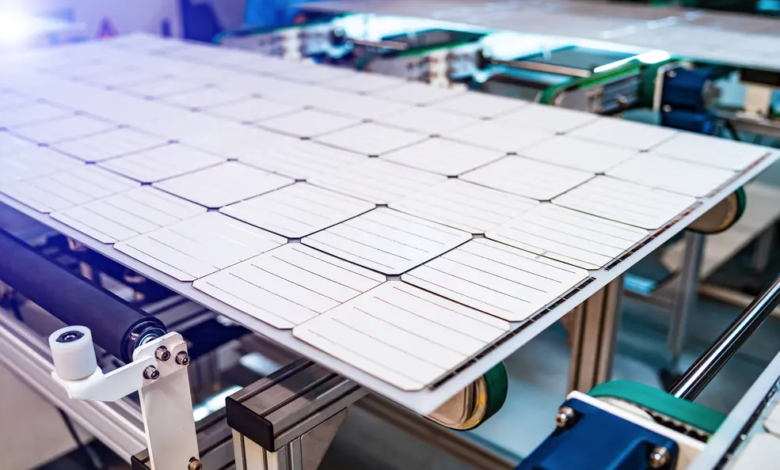Community action against the crisis in the photovoltaic industry in Europe
(sustainabilityenvironment.com/) – European photovoltaics? If we talk about installed systems and the energy produced, the current period could not be the best. It could be, but the 2022 and 2023 results already show a strong recovery compared to the past. But, if the EU solar market, in its final part, is experiencing good days, upstream the situation is much more complex. The crisis of the photovoltaic industry, crushed between the Chinese low cost and the US incentives of the IRA, is now a fact.
The European Commission brought the problem to the attention of the Energy Council on 4 March. “There is a sharp contrast between the rapid positive development of photovoltaics and the very fragile situation of European manufacturers pressing by the increase in cheap imports from third countries,” said Energy Commissioner Kadri Simson at a press conference. In 2023, the overproduction of Chinese manufacturers brought down the prices of modules and cells “made in China“. Enough to bring their solar panels to just $0.15 per watt. This is 50% less than the price of European modules and 60% less than the US ones.
But while the United States has counterattacked by encouraging its solar production, the European Union has yet to be able to quickly devise a protection strategy. And the first effects of the crisis of the photovoltaic industry have been felt. “Low-cost products invading EU markets make it difficult for European manufacturers to compete,” Simson said. “This is very worrying for several different reasons and is also a matter of energy security”.
The measures already implemented
The Commission has not stood by and watched. It launched a European Photovoltaic Industry Alliance, which set itself the target of 30 GW of production capacity along the value chain.
The Net-Zero Industry Act introduced a benchmark of domestic production capacity to cover 40% of demand in 2030, including in the solar sector. Member States were invited to use criteria other than price in renewable auctions. “This will particularly affect the inverter industry [where European manufacturers are globally competitive], as smart, data-driven inverters are becoming the norm and their interaction with the network is now critical“, the Commissioner stressed.
Towards a New Solar Power Pledge
However, the efforts put in place are not enough to combat Chinese convenience, nor is the US’s appeal for new investments in manufacturing. The EU executive has promised that there will be no blockages or direct restrictions on imported solar panels, preferring to focus on new domestic aid. “We believe it is in everyone’s interest to have diverse global supply chains. So our task now is to find a balance between keeping the implementation accessible and supporting European producers“.
The next step? “Together with Commissioner Breton, I proposed some policy ideas to the Member States in a recent letter and they were supported,” Simson added. “I will now work on a Solar Power Pledge, where Member States and stakeholders will commit to taking concrete action to support our production here in Europe“. The EU executive also announced its intention to apply ecodesign and energy labeling regulations to photovoltaic modules to ensure a level playing field on environmental requirements.






